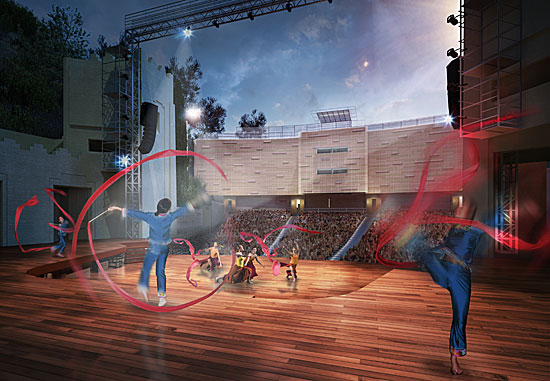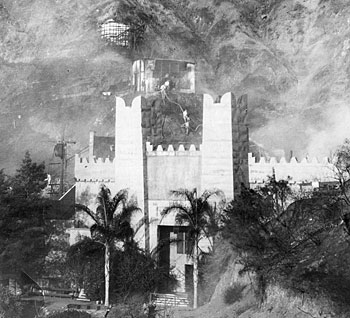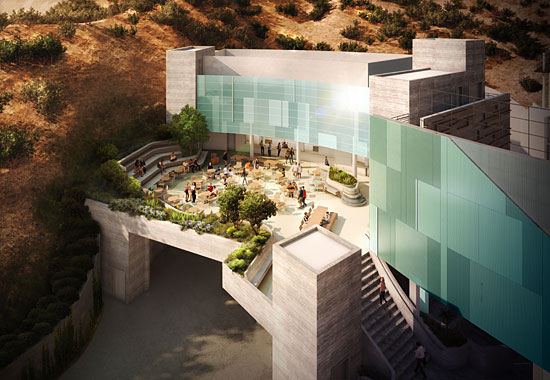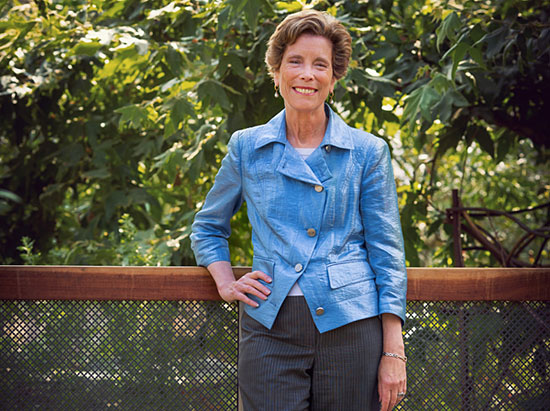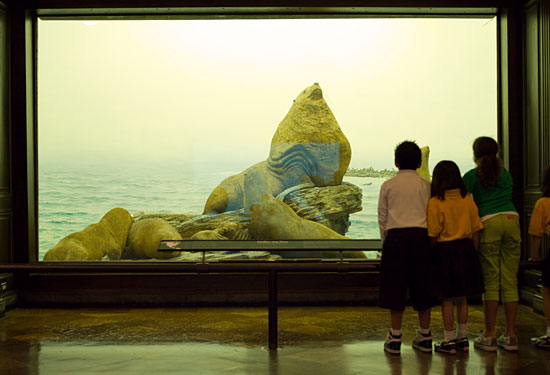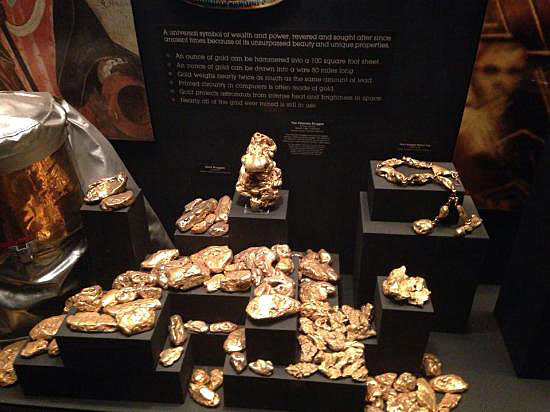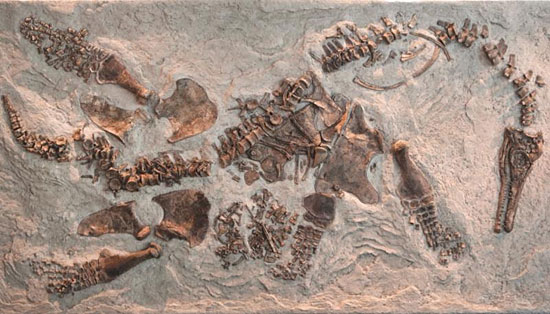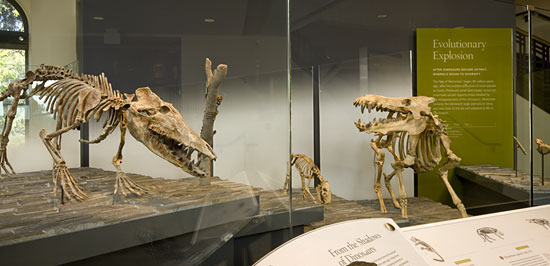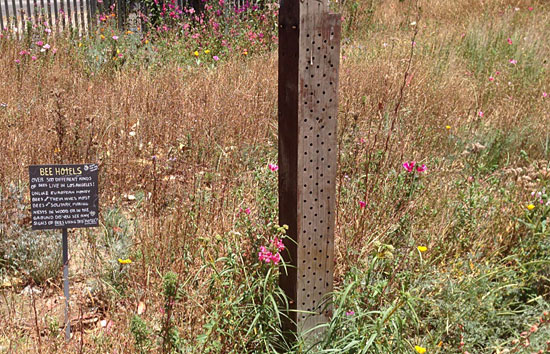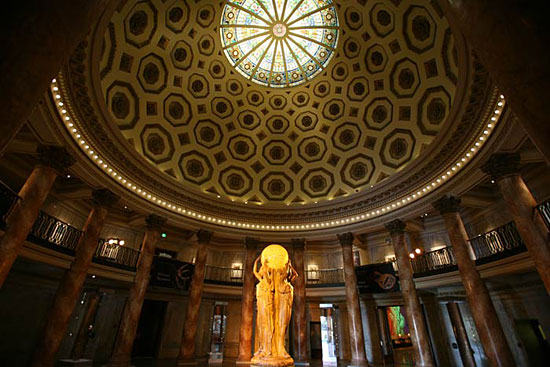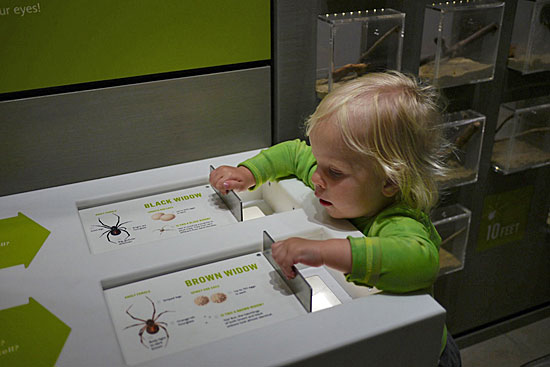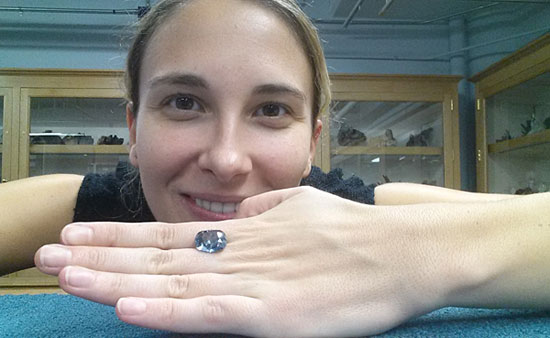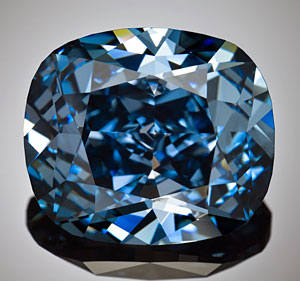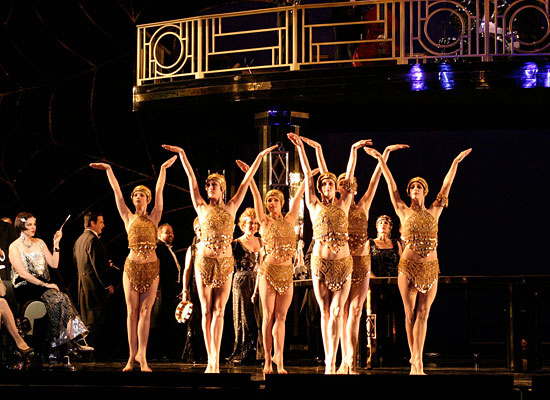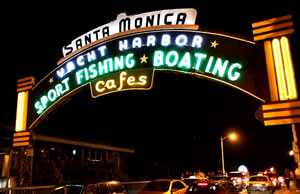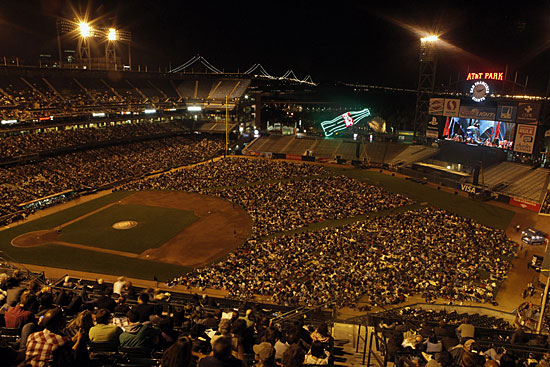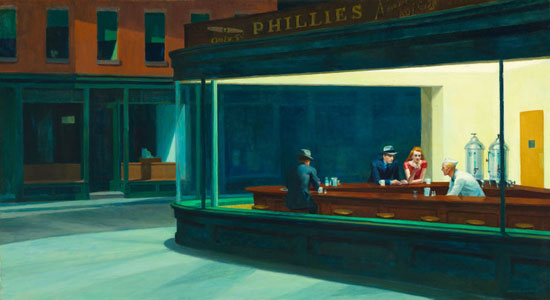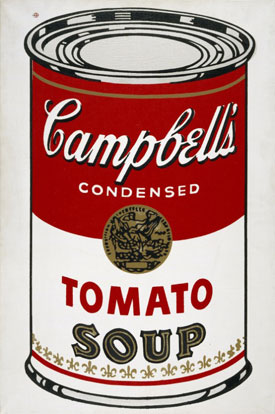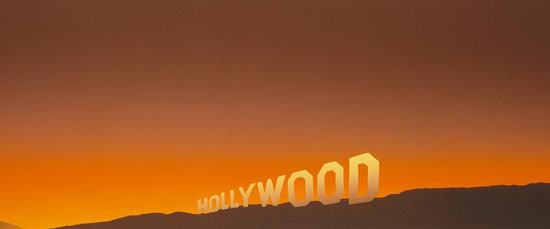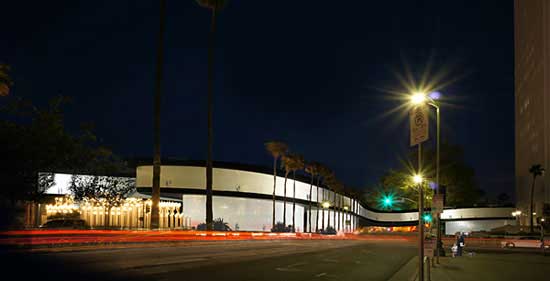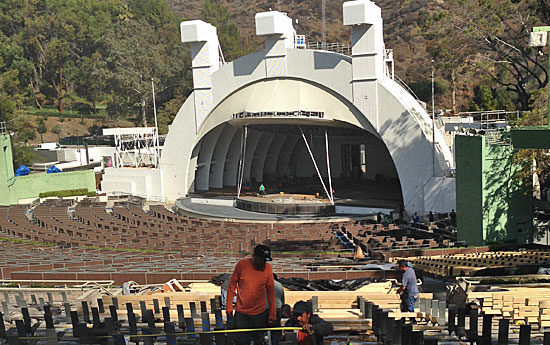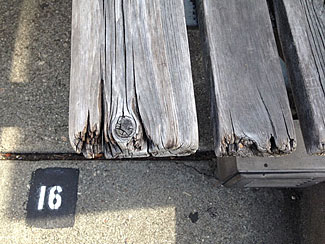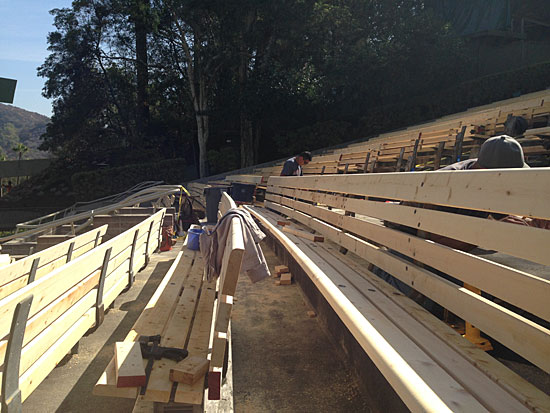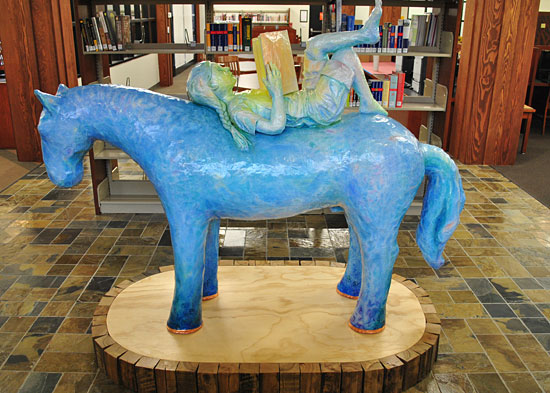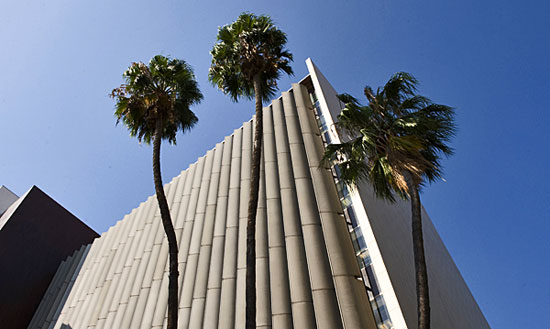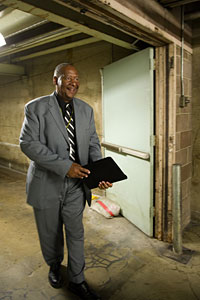Framing the future of L.A. art
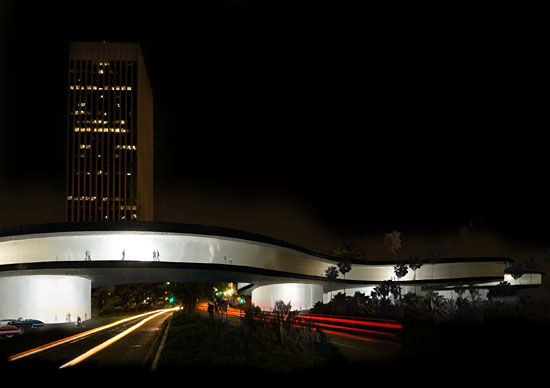
LACMA’s new building will curve over Wilshire Boulevard. Image/Atelier Peter Zumthor and Partner
It’s been dubbed L.A.’s living room, and the coming transformation of the Los Angeles County Museum of Art promises that, artistically speaking, we’ll be living large for generations to come.
LACMA embarked on an ambitious new course recently with the announcement of the largest art gift in its history from entertainment mogul A. Jerrold Perenchio, just a day after the county Board of Supervisors unanimously gave conceptual approval to a plan to help fund a dramatic new Wilshire Boulevard-spanning museum building by acclaimed architect Peter Zumthor.
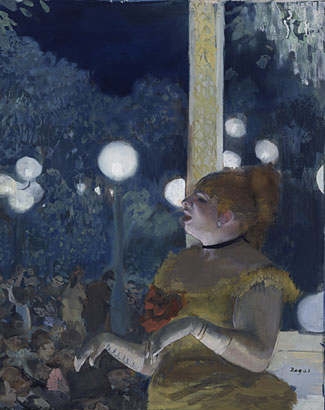
“Au Café Concert: La Chanson du Chien” by Edgar Degas
Perenchio’s collection includes spectacular but until now rarely-seen works by a range of celebrated European artists, including Claude Monet, Pablo Picasso, Edgar Degas, Edouard Manet and René Magritte. The 47 works are to join LACMA’s collection following Perenchio’s death, but the public will have a chance to view some of them at a special exhibition next spring, when the museum celebrates its 50th anniversary.
The infusion of art and architecture comes as LACMA’s attendance is surging and the rest of Los Angeles County’s cultural landscape is enjoying exponential growth.
“What’s happening here at LACMA is really emblematic of what’s happening in arts and culture in Los Angeles County and the region,” Supervisor Zev Yaroslavsky said, ticking off a 15-year run that has included two new pavilions at LACMA, the opening of Walt Disney Concert Hall, extensive renovations to the county’s Natural History Museum and the Hollywood Bowl, establishment of the Colburn Conservatory of Music and the debut of a new Valley Performing Arts Center at Cal State Northridge, among other highlights.
“If we had just done one of them, or two of them, we would have called it a good decade and a half. But we’ve had all of them,” Yaroslavsky said.
There’s more in store. The Hollywood Bowl this winter will be finishing a series of inside-the-amphitheatre improvements that already have brought patrons amenities like LED screens, updated picnic furniture and new bench seats. The county’s Ford Amphitheatre has embarked on an ambitious overhaul to replace its stage, shore up and re-landscape its scenic hillside and create a striking new terrace dining-and-concession area. On LACMA’s west campus, a new movie museum is about to rise. And LA Opera has launched a new tradition of bringing free, live outdoor simulcasts to audiences outside the Civic Center.
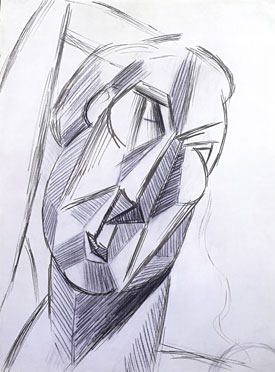
“Tête (Head of Fernande)” by Pablo Picasso
Nowhere is the excitement more visible than at LACMA. Yaroslavsky has coined the term “L.A.’s living room” to describe the museum campus’ around-the-clock pull on visitors, who make themselves at home with activities ranging from outdoor summer jazz to school field trips to photo ops in front of Urban Light to early morning jogs under Levitated Mass.
“When you come here even at 6 in the morning, as I do from time to time, or at midnight, this place is humming,” Yaroslavsky said.
Since the arrival of director Michael Govan in 2006, the museum has made Chris Burden’s Urban Light a crowd-pleasing beacon along Wilshire, created a communal touchstone across Southern California with the rolling of the massive boulder at the heart of Michael Heizer’s Levitated Mass, and doubled its attendance to 1.2 million annually.
Now things are about to get really interesting.
The masterpieces in the Perenchio collection will make their permanent home in the new building being designed by Swiss architect Zumthor, winner of the 2009 Pritzker Prize.
If all goes as planned, the sinuously curved new building should be completed by 2023, just as the Purple Line subway extension reaches the museum as part of its westward march.
The trifecta of the new building, the masterworks from the Perenchio collection and the arrival of the subway promises to accelerate LACMA’s momentum well into the future.
“The museum has become a cultural force in the community, and the Zumthor building will carry it into the 21st Century and beyond,” Perenchio, 83, said at the news conference celebrating his gift to the county museum.
Perenchio, the former chairman and CEO of Univision, has made previous donations anonymously. He said he went public this time in hopes of spurring others to contribute artworks and money to LACMA as it prepares to build the new structure.
Under the plan unanimously approved by the Board of Supervisors, the county has agreed to provide $125 million for the new building, which would replace four aging structures on the museum’s campus. But under the agreement, LACMA’s board must raise $475 million in private funding to make the building a reality. Perenchio said he hoped his gift would “encourage all types of donations, large and small—hopefully more large than small.”
“We have to make the Peter Zumthor building a reality,” he said. “Failure’s not an option here. We’ve got to do it, for the city and everybody who lives here.”
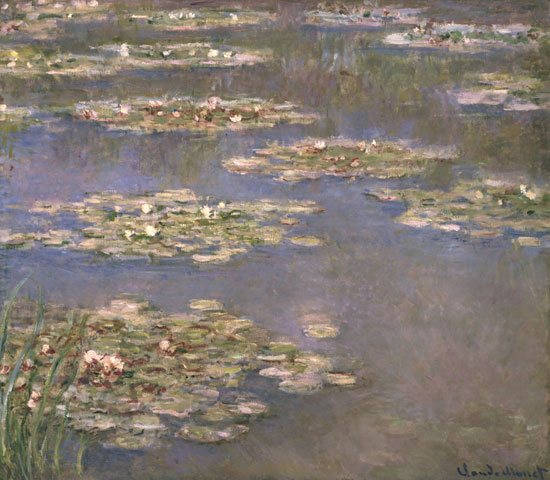
“Nymphéas,” from 1905, is one of Claude Monet’s celebrated water lily paintings.
Posted 11/14/14

